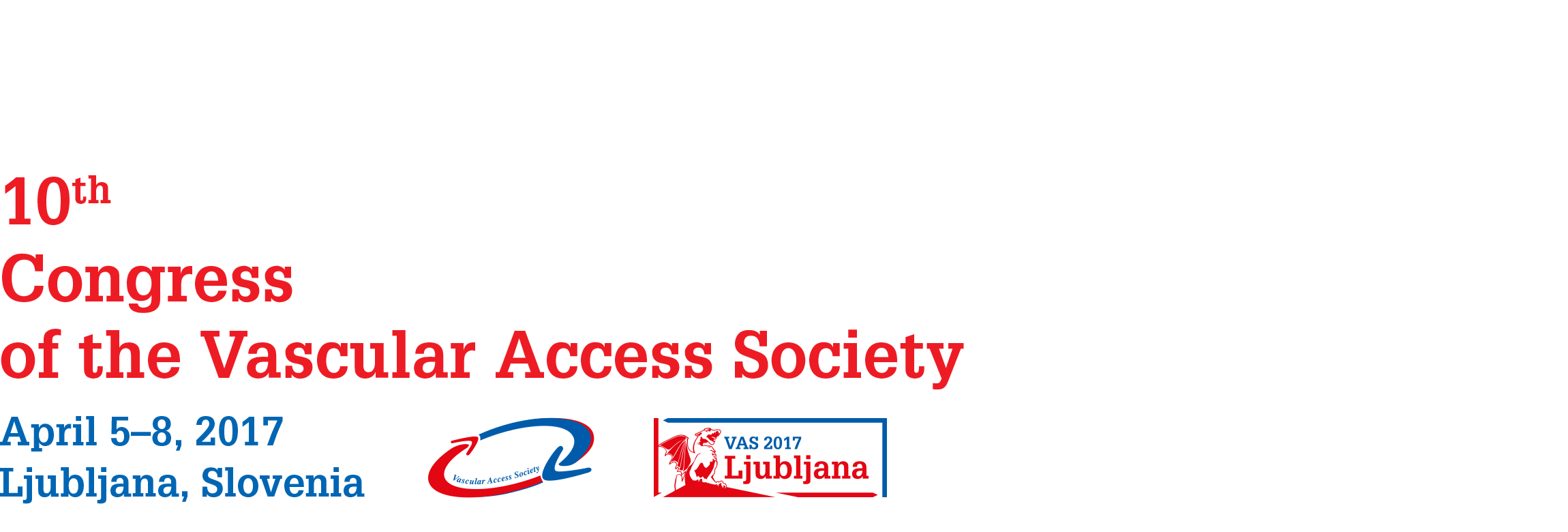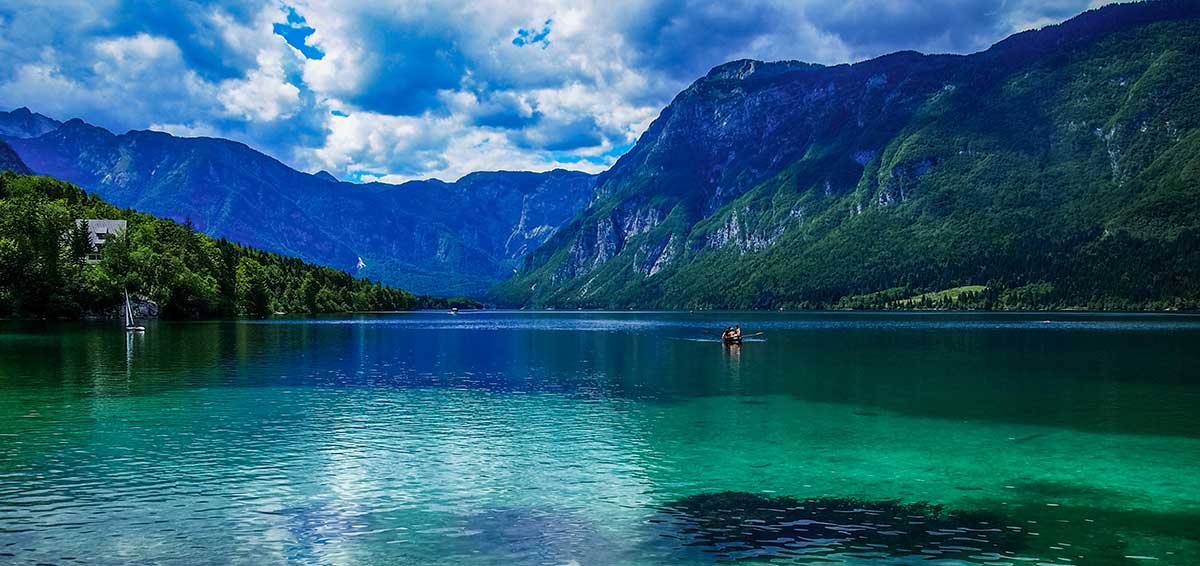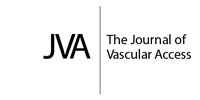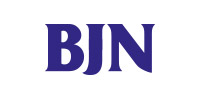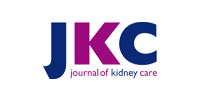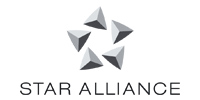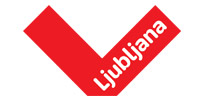Art and culture have a special place in Slovenia’s history, as in many respects they helped to compensate Slovenes for their lack of national, political and governmental institutions. It is thus understandable that even today Slovenes have a very intense relationship with their national culture. To a great extent, pride in the national culture still represents a compensation for the old lack of national sovereignty. Slovenia is probably the only country in the world which has a national holiday devoted to culture.
Slovenia has a population of two million, of whom the vast majority are ethnic Slovenes. The inhabitants of Slovenia are regarded as hard-working, diligent and proud people. The most important values for the just over two million inhabitants include family, health and honesty. Their toil and persistence has allowed many Slovenes to achieve at the global level. Something of major importance for the Slovenian national consciousness and sense of belonging is the Slovenian language, or slovenščina. This is the official language of the country, while in areas inhabited by members of the Italian and Hungarian ethnic communities, Italian and Hungarian are also official languages.
Slovenes are also very thorough in learning foreign languages to make themselves understood. Even primary school students can speak foreign languages. The majority of people can speak good English, while most have a good grasp of German. A large share of the population can communicate in the languages of the old Yugoslavia, while there are many fluent Italian speakers in the areas bordering Italy.
